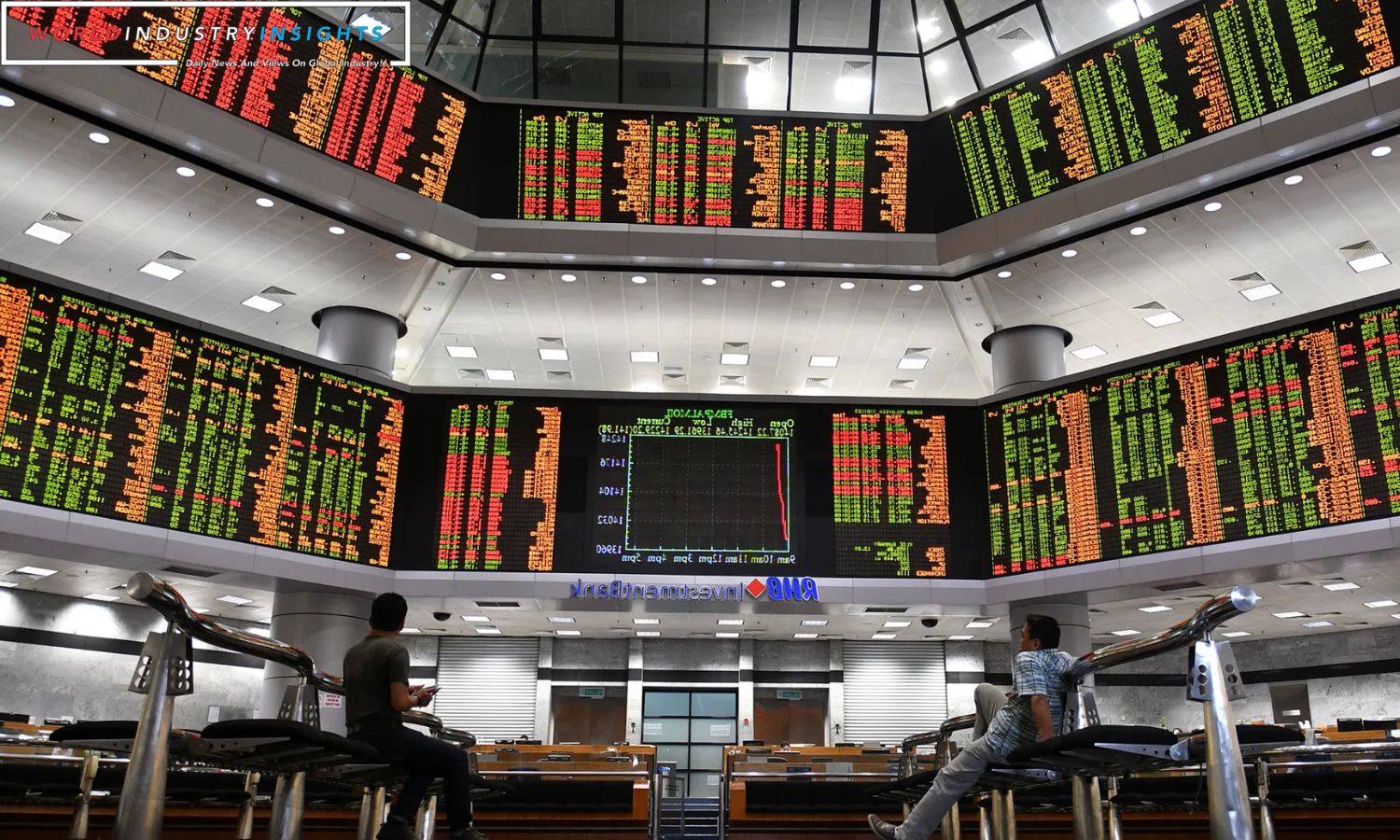Navigating December Crosscurrents: As December unfolds, Asian share markets tread cautiously following recent robust gains. While optimism persists about potential rate cuts in Europe and the U.S., concerns linger over oil prices’ extended losses, amplifying the intricate dance of market forces.
Global oil prices continue their descent, dipping over 2% as OPEC+ producers’ voluntary output cuts for the first quarter of the upcoming year fall short of market expectations. The repercussions are felt across Asian markets, with MSCI’s broadest index of Asia-Pacific shares outside Japan experiencing a 0.5% decline after a notable 7.3% surge last month. Japan’s Nikkei, having enjoyed an 8.5% jump in November, maintains a flat stance. Chinese blue chips and Hong Kong’s Hang Seng index both register declines of 0.6% and 0.4%, respectively.
Rodrigo Catril, Senior FX Strategist at the National Australia Bank, suggests that profit-taking and rebalancing may be influencing month-end price actions. Regional surveys present a mixed picture in November, with Japan’s factory activity contracting at its fastest pace in nine months, South Korea’s factory activity stabilizing, and China’s manufacturing industry returning to expansion according to a private survey.
Also Read: Dollar Dips to Three-Month Low Amidst Unwinding, Markets Anticipate Inflation Data
Overnight data reveals a cooling trend in both U.S. and European inflation, aligning with desired outcomes. The Federal Reserve‘s preferred inflation gauge, the PCE price index, remains unchanged for October, while consumer spending retreats. The euro zone sees inflation missing expectations by a significant margin, prompting markets to factor in rate cuts of approximately 110 basis points in the coming year.
All eyes are on Fed Chair Jerome Powell’s Q&A appearance on Friday, with expectations that Powell will accommodate early and aggressive U.S. policy easing bets for next year. Fed funds futures imply rate cuts of 115 basis points. Robert Carnell, Regional Head of Research, Asia-Pacific at ING, anticipates a carefully orchestrated session with a cautious approach to further hikes but no hint of easing.
Bullish sentiment on Asian currencies rises, with bets on the South Korean won, Taiwanese dollar, and Philippine peso reaching levels not seen since early February. The dollar index hovers near a five-session high, supported by a sliding euro. U.S. Treasuries ease slightly after their best month since 2011, with the yield on 10-year Treasury notes slipping 3 basis points in Asia. In the oil market, Brent crude and U.S. West Texas Intermediate futures both experience declines, highlighting the complexities of global markets as December unfolds.
Our Reader’s Queries
What is the best route to drive cross country in winter?
When traveling in colder months, it’s best to take southern routes such as Route 70, which runs from North Carolina to Arizona. This will help you avoid areas that are prone to heavy ice and snow. During the Spring, northern areas may still be frozen over, but southern areas are warm and full of life. Stick to these routes to ensure a safe and enjoyable journey.
Is December a busy time to travel?
December 1 marks the start of the winter travel season, with many jet-setters embarking on month-long getaways. Meanwhile, December 23 is a hectic day as people rush to reach their loved ones before Christmas Eve.


